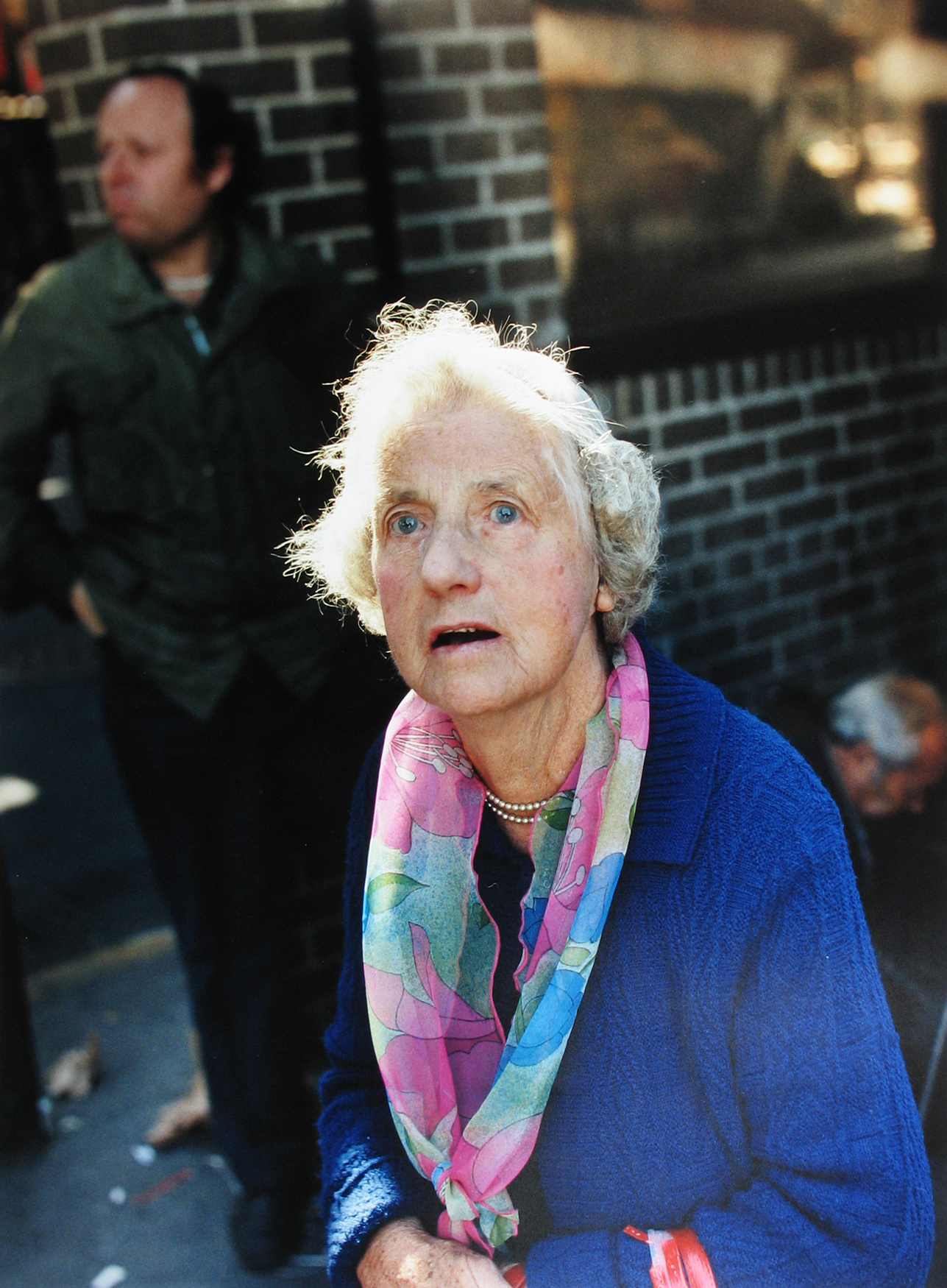
Jerome Liebling, a creator of intimate documentary photography and films who died in 2011, is remembered in a new exhibition of 50 photographs shot over 50 years in New York City.
“His parents were immigrants, and for them, America was the savior,” his daughter, Rachel, tells TIME. “But he was the first generation, born poor. He didn’t believe the American dream, as it was being foisted, was the truth. So he wanted to show other perspectives.”
Jerry quit college to fight in World War II, a cause he believed in. But his experience, serving in the glider infantry in Europe and North Africa, was horrendous.
“They called them ‘Flying Coffins’,” Rachel says, “The gliders were sent in as a surprise advance element to get soldiers in behind enemy lines.” The mortality rate was terrible. The gliders often “crashed, they got strafed; they’re flying in and they’re just being riddled by bullets and half the people are shot. I know for certain that some of his close friends were killed.”
Jerry returned staunchly anti-war, and with a burning need to, in his words, “figure out where the pain was, to show things that people wouldn’t see unless I was showing them.”
He hit the streets—not the tony treelined streets of the Upper East Side, but the crowded and dingy immigrant streets of the Lower East Side and working class Brooklyn.
“My sympathies have always been with the everyday people,” Liebling said, “they are the center of my photography.”
So the Photo League, a band of socially progressive New York documentary photographers, was a natural fit. Liebling became one of the youngest members of this group that included photography giants such as Paul Strand, Berenice Abbott and Arthur “Weegee” Fellig.
Early in his career, Liebling tried to bring his sensibility to the world of magazines by shooting politics, but quit in frustration over what he felt were the editors’ anodyne picture choices.
Instead, Liebling’s skills as a teacher of photography and film, first at the University of Minnesota, then Hampshire College, supported him for decades—and inspired generations of young people.
“He wasn’t a hustler, he didn’t pitch himself,” his daughter recalls, and yet he found great success in the museum world; his photographs are in the collections of the Museum of Modern Art, the Metropolitan Museum of Art and the J. Paul Getty Museum.
Steven Kasher, the gallery owner showing Liebling’s work, says the photographer “wanted to emphasize that shattering of community through those images. If you look at the work from the late 1940s, there’s much more of a sense of community: people living together, banding together, going to church, going to rallies. In that Bronx work, you see isolated people and devastated cityscapes.”
In the late 1970s, Liebling began working exclusively in color—and he rediscovered the old Brooklyn he once knew. When he went to Brighton Beach, his daughter says “this feeling he had about New York, this certain vitality: he found it there. He had wondered where it had gone. It felt familiar and right to him.”
You sense the world coming back from the brink in this work: streets are repopulated with life and color. Most memorable are the old ladies he came across: decked out in cat-eye sunglasses, big hair and fur coats, they are genuine New York characters.
His daughter says it best: “There was nothing as exciting as wandering the streets of Brooklyn with my father. He found mystery and intrigue around every corner. The people on the streets—with their indefatigable energy and their human foibles—became larger-than-life through his lens. Human struggle took on mythical proportions; the perseverance and ingenuity of everyday people was heroic in his eyes.”
Jerome Liebling (1924-2011) was a photographer and teacher. His retrospective runs until June 6 at Steven Kasher Gallery.
Myles Little is an Associate Photo Editor at TIME.
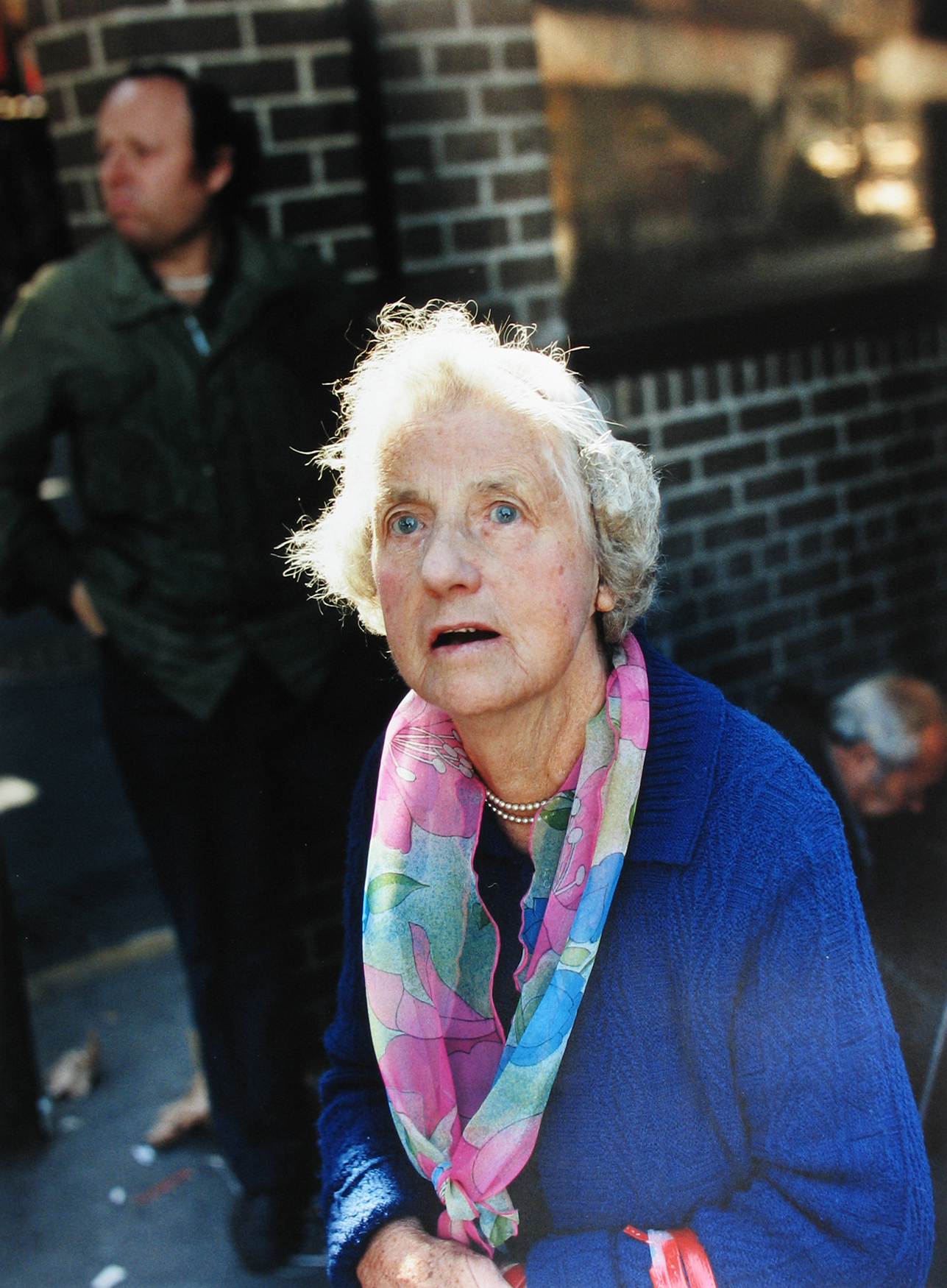
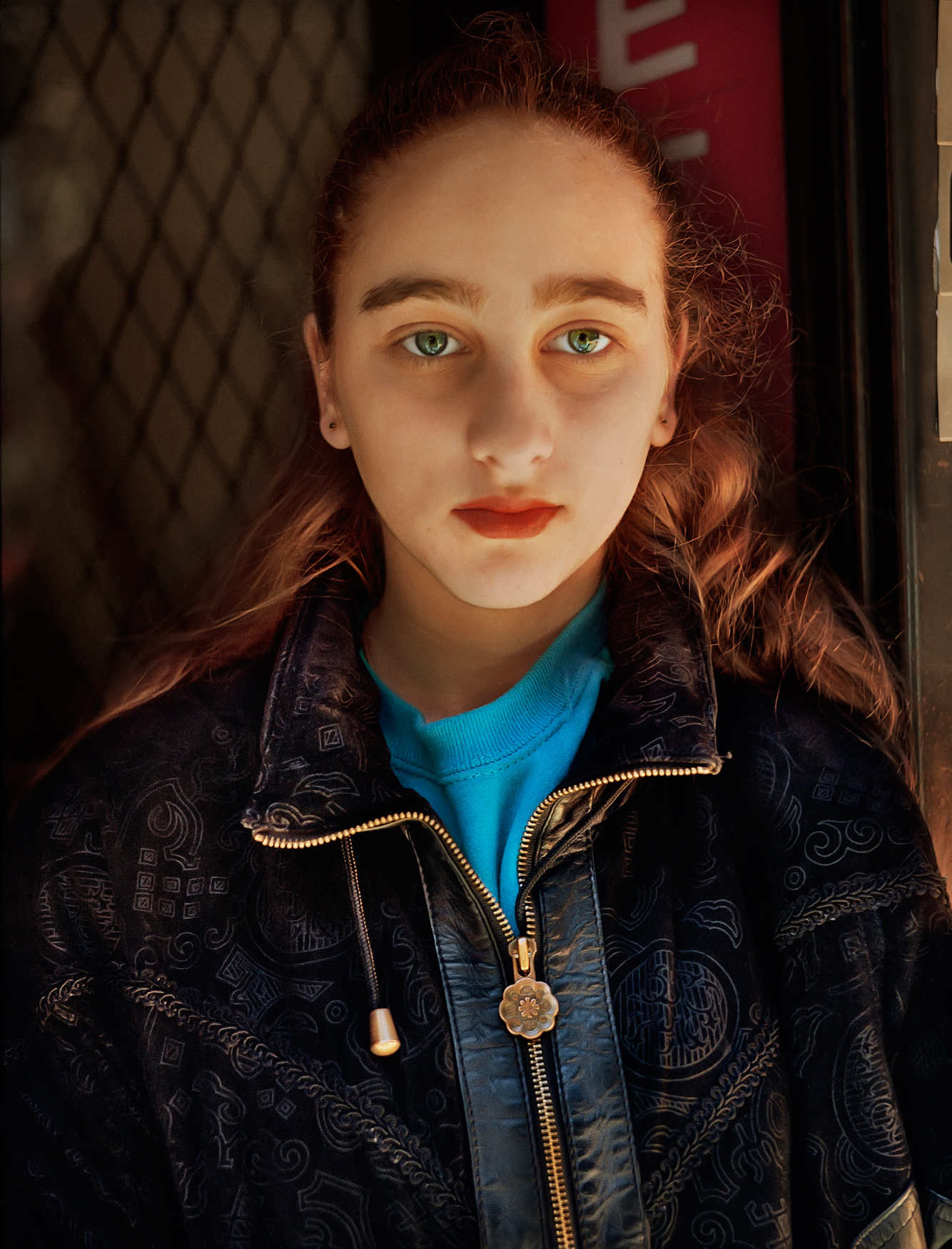
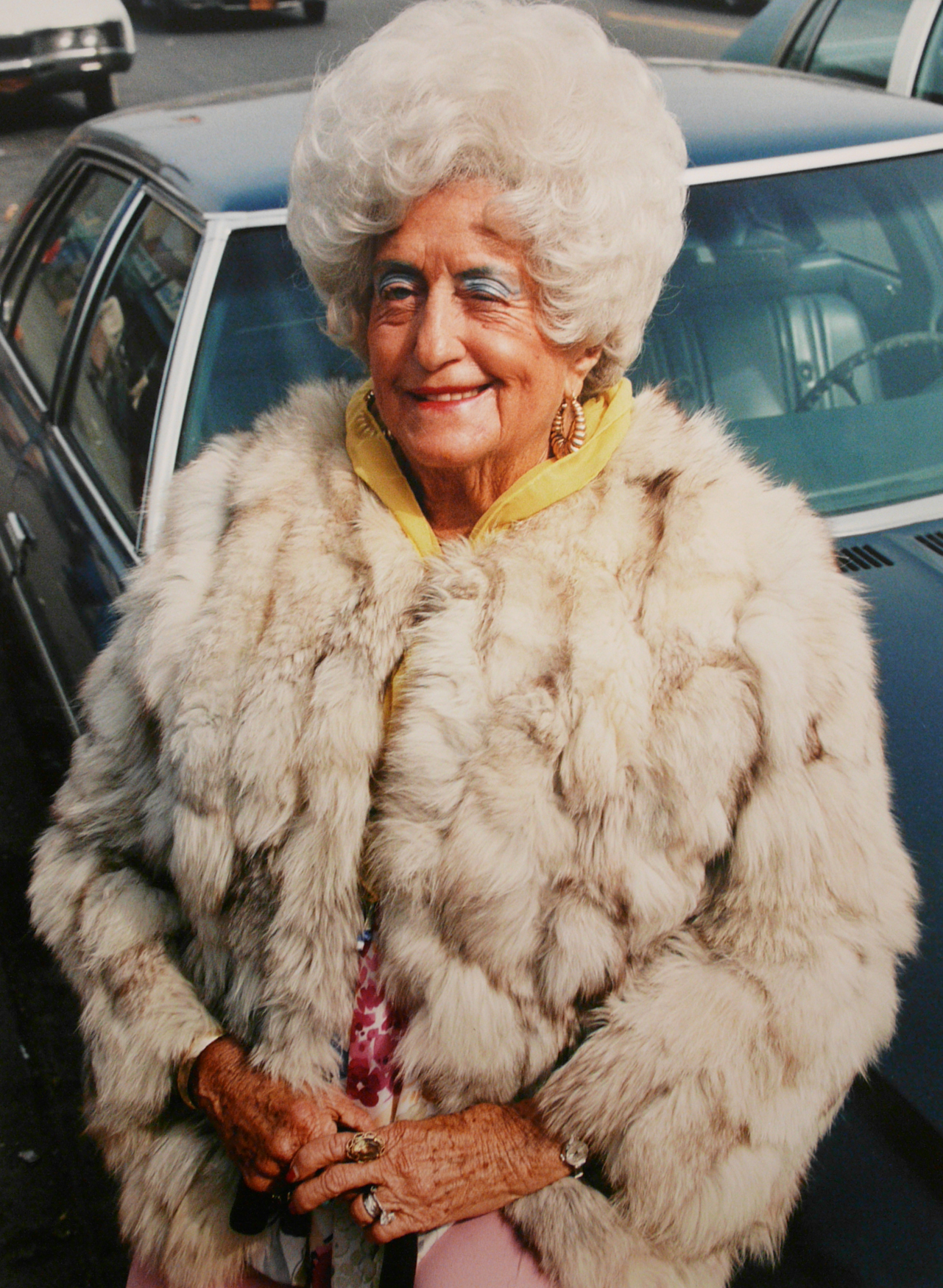

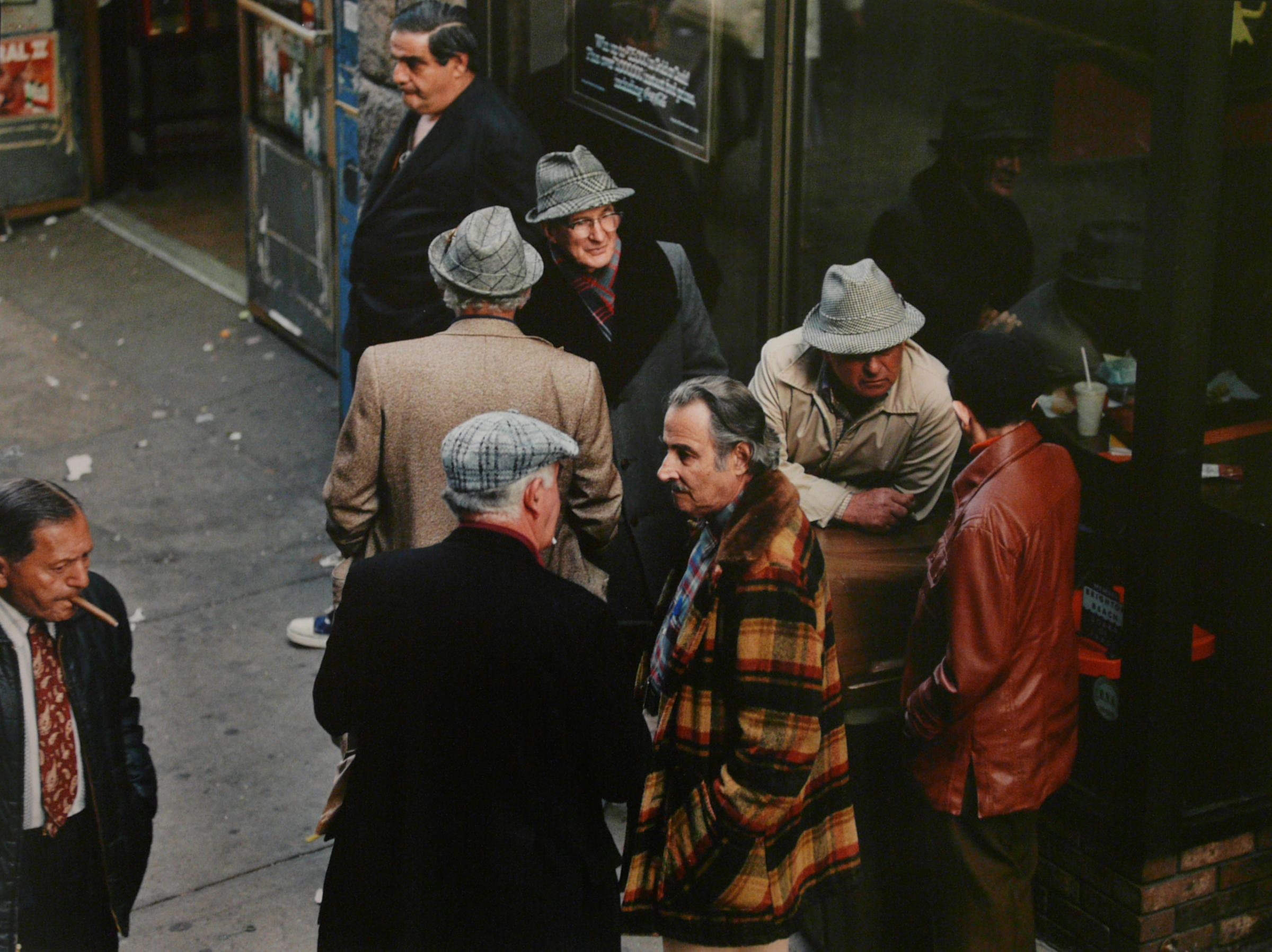
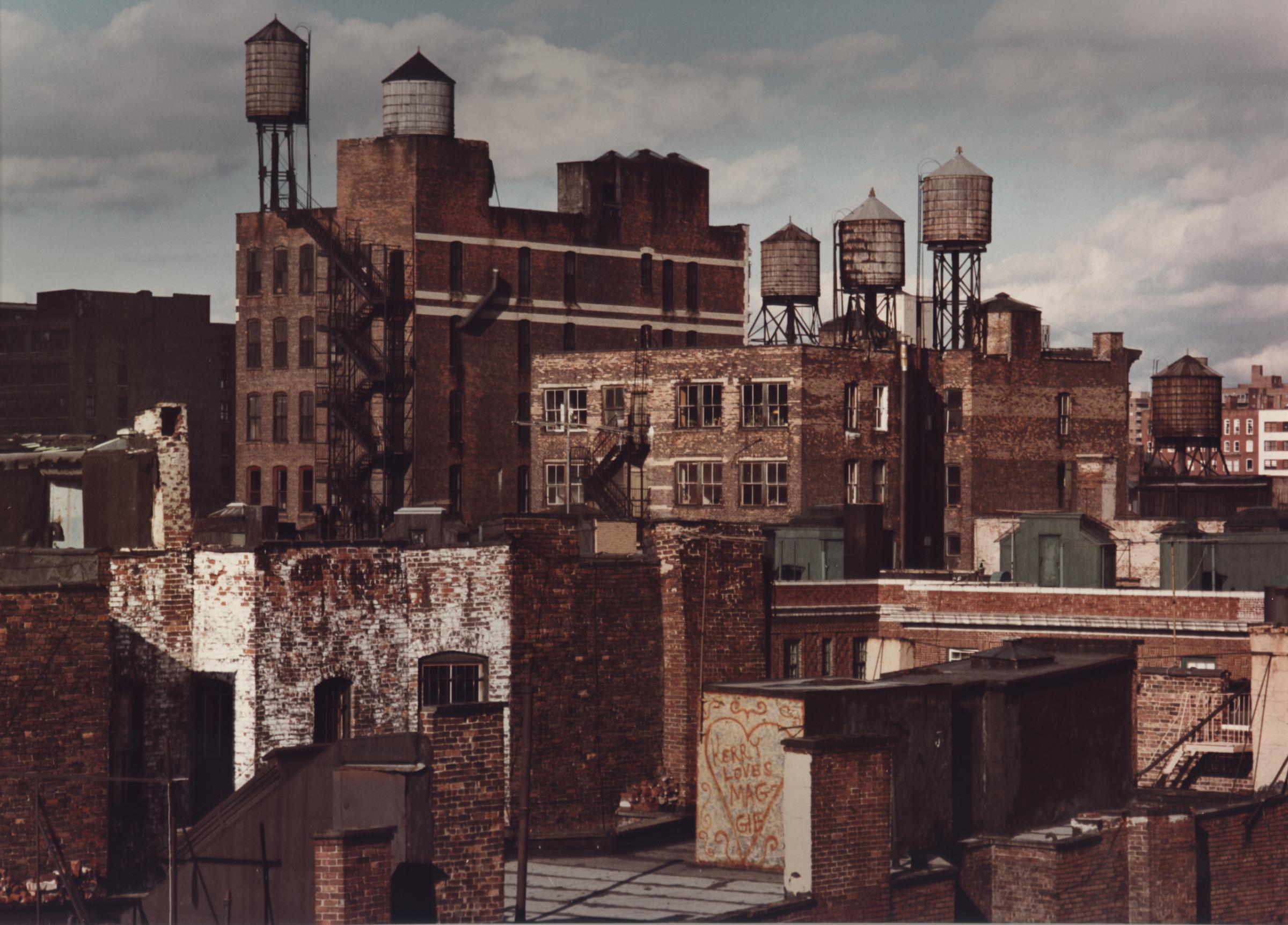
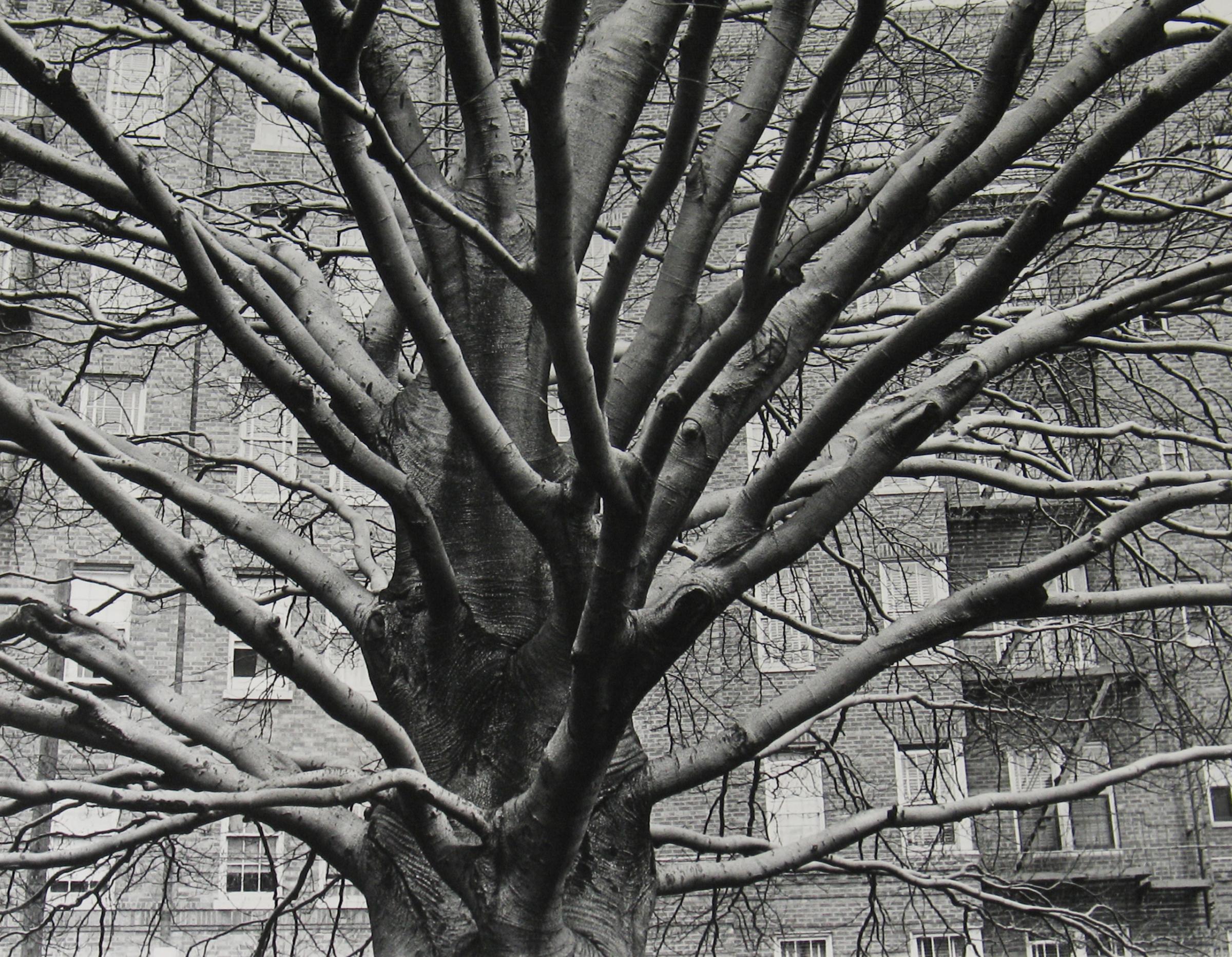
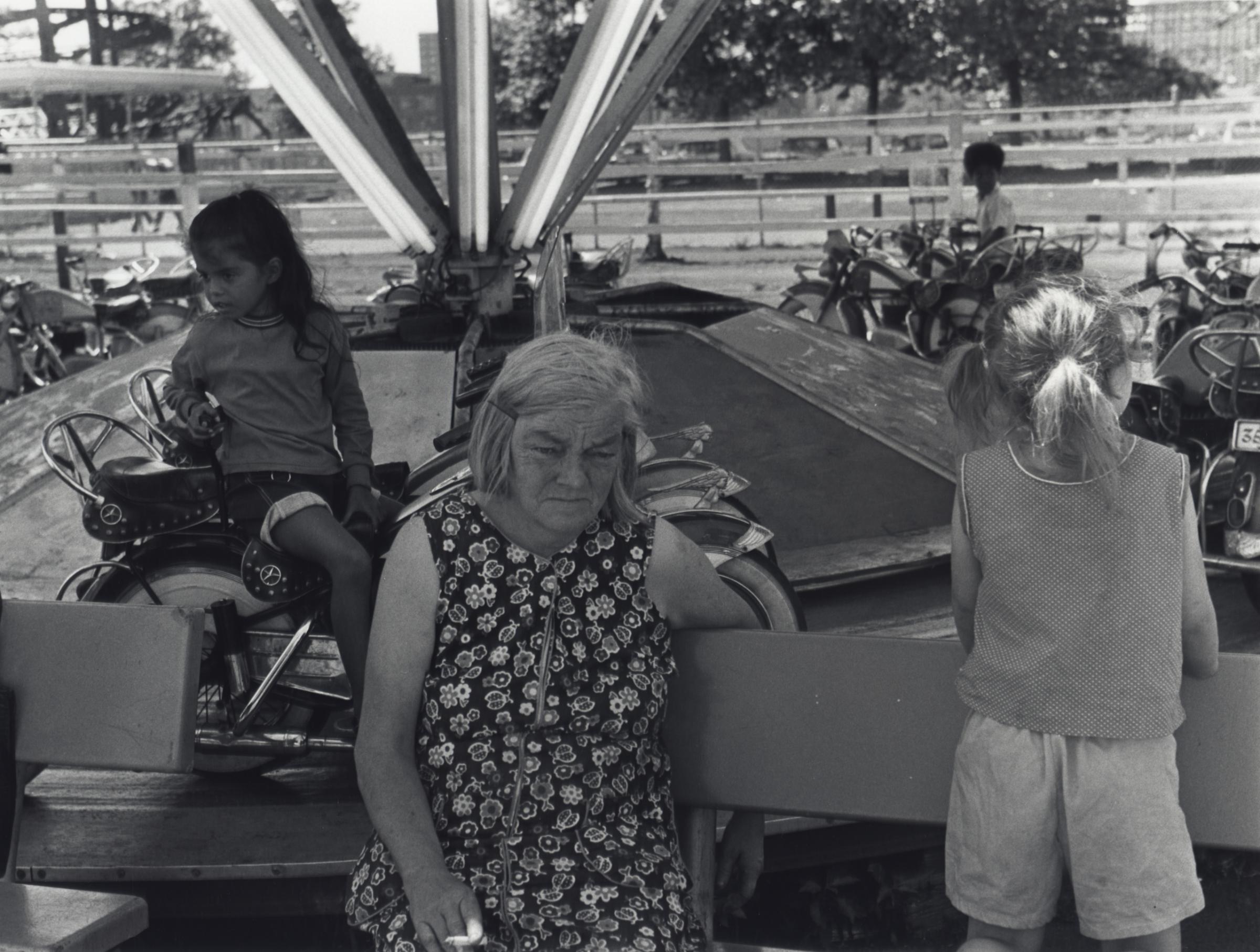


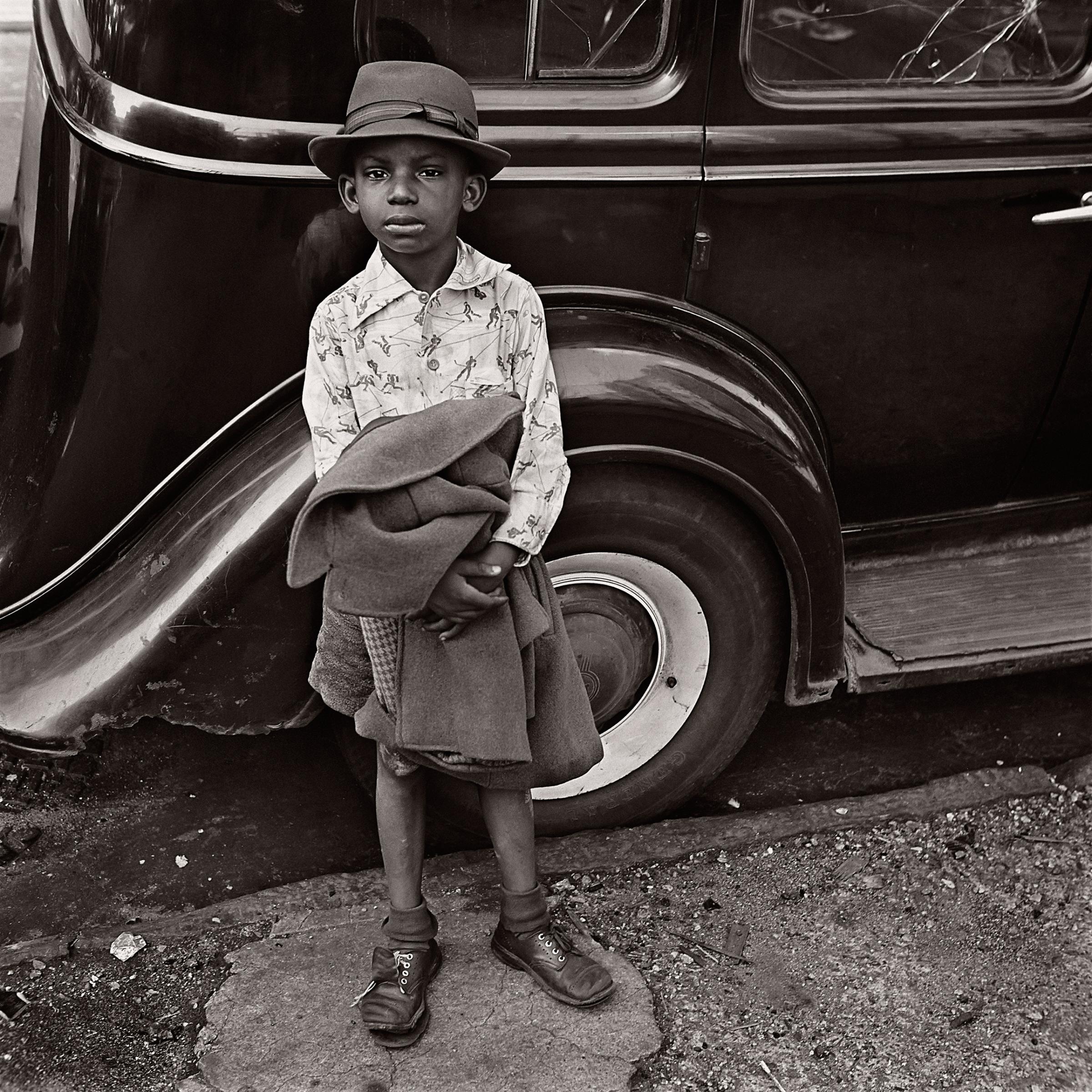

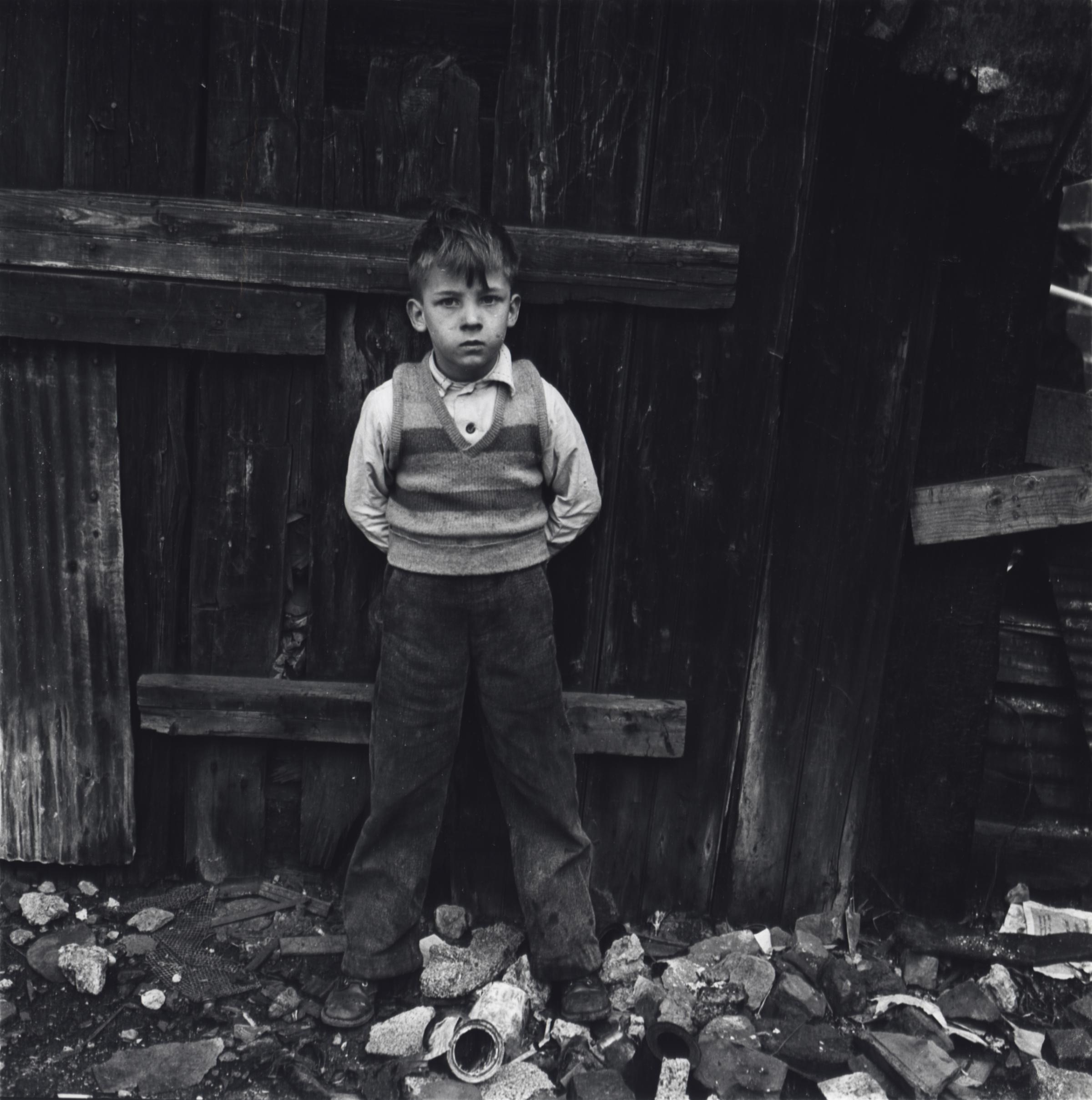
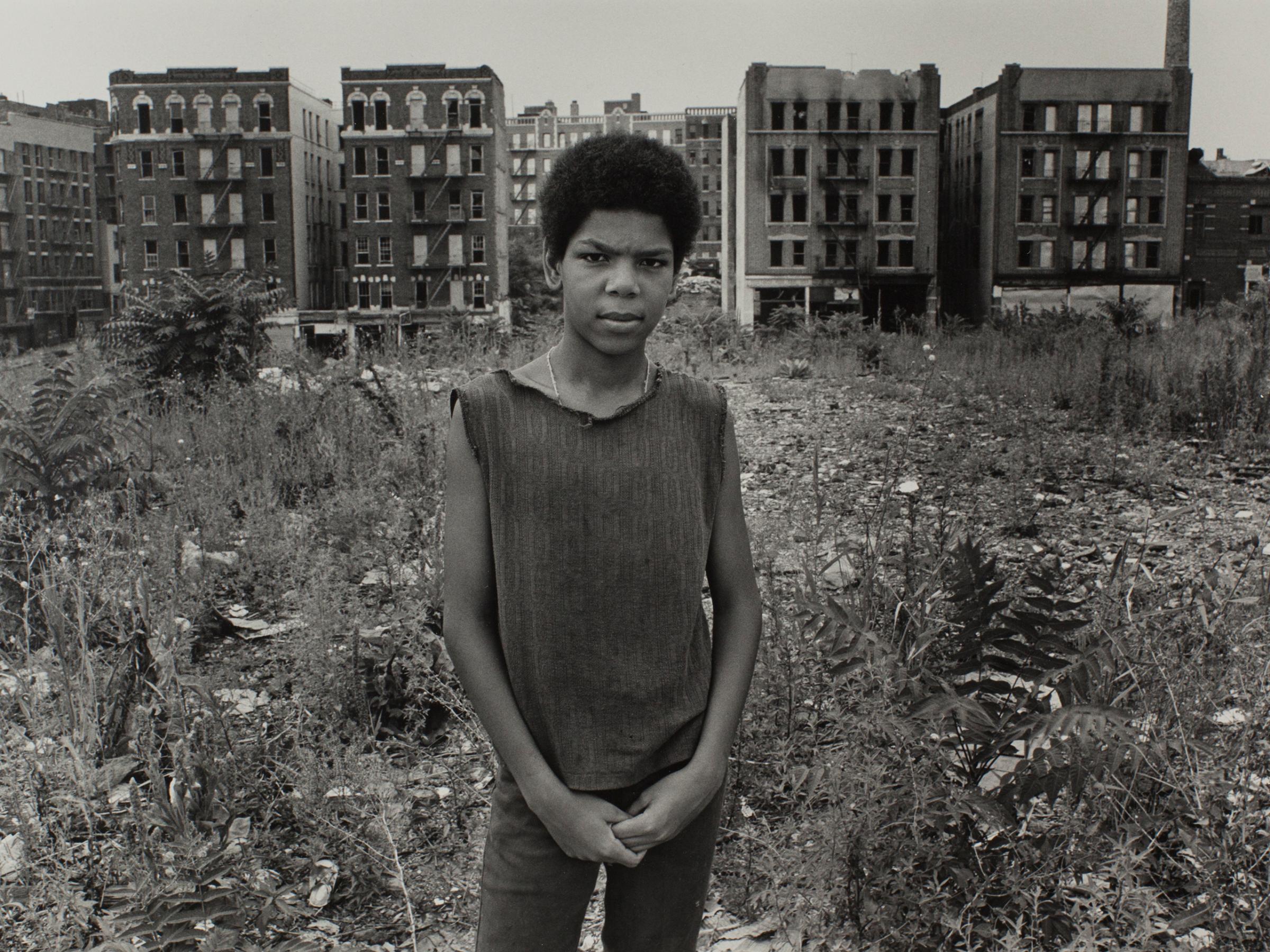
More Must-Reads from TIME
- Why Trump’s Message Worked on Latino Men
- What Trump’s Win Could Mean for Housing
- The 100 Must-Read Books of 2024
- Sleep Doctors Share the 1 Tip That’s Changed Their Lives
- Column: Let’s Bring Back Romance
- What It’s Like to Have Long COVID As a Kid
- FX’s Say Nothing Is the Must-Watch Political Thriller of 2024
- Merle Bombardieri Is Helping People Make the Baby Decision
Contact us at letters@time.com